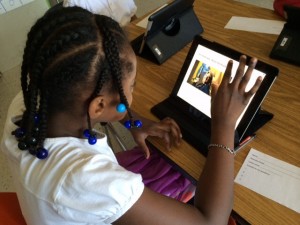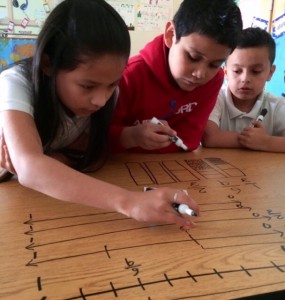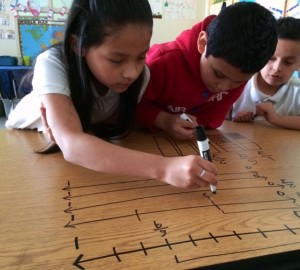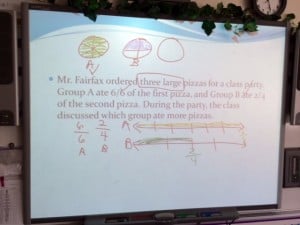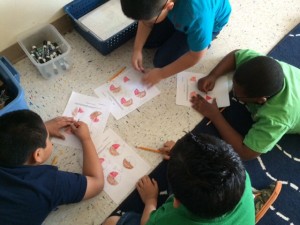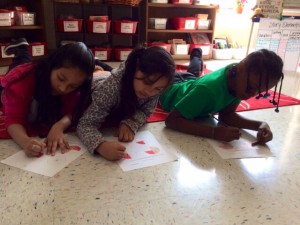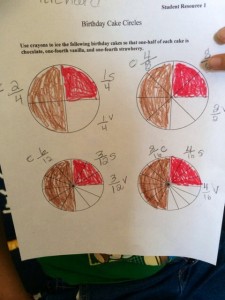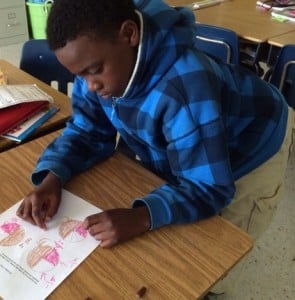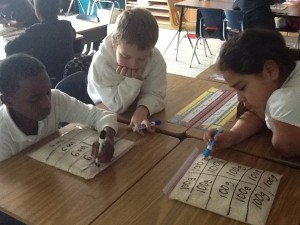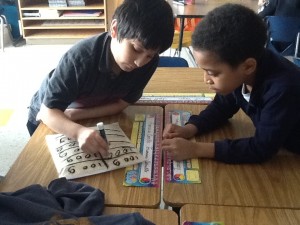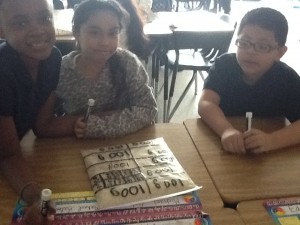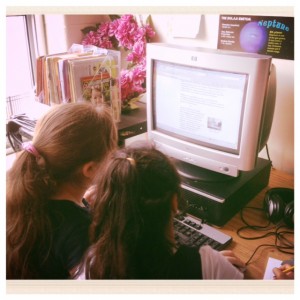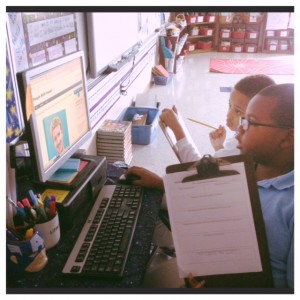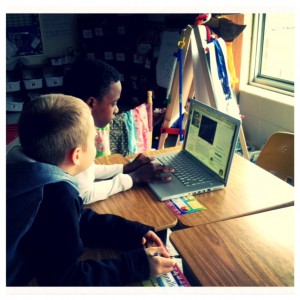
Today, we focused on our improving our literacy skills by reading a fabulous article on The Original Rosie the Riveter on our iPads! This article, on Newsela.com, had some complicated vocabulary. Good readers understand that they don’t have to know every word in a story or article to understand the big picture, or main idea. When you don’t know all of the words, use the clues around the word to help you!
For example, here is an excerpt from the article: “She was trying to escape being poor. Monroe was determined to find work at the Willow Run airplane plant in Ypsilanti, Mich. She wanted to fly a plane. But with two children, she wasn’t allowed.”
I have never heard of the words “Ypsilanti, Mich” before, but using the clues around the word I can see that it is where the airplane plant was located. So, using these clues I bet that Ypsilanti, Mich is a place (ok, ok, since I’m an adult reader I can tell you that Ypsilanti, Mich is a city in Michigan, but I wanted to model how to use clues!)
Keep reading and hunting for clues to unknown words!
